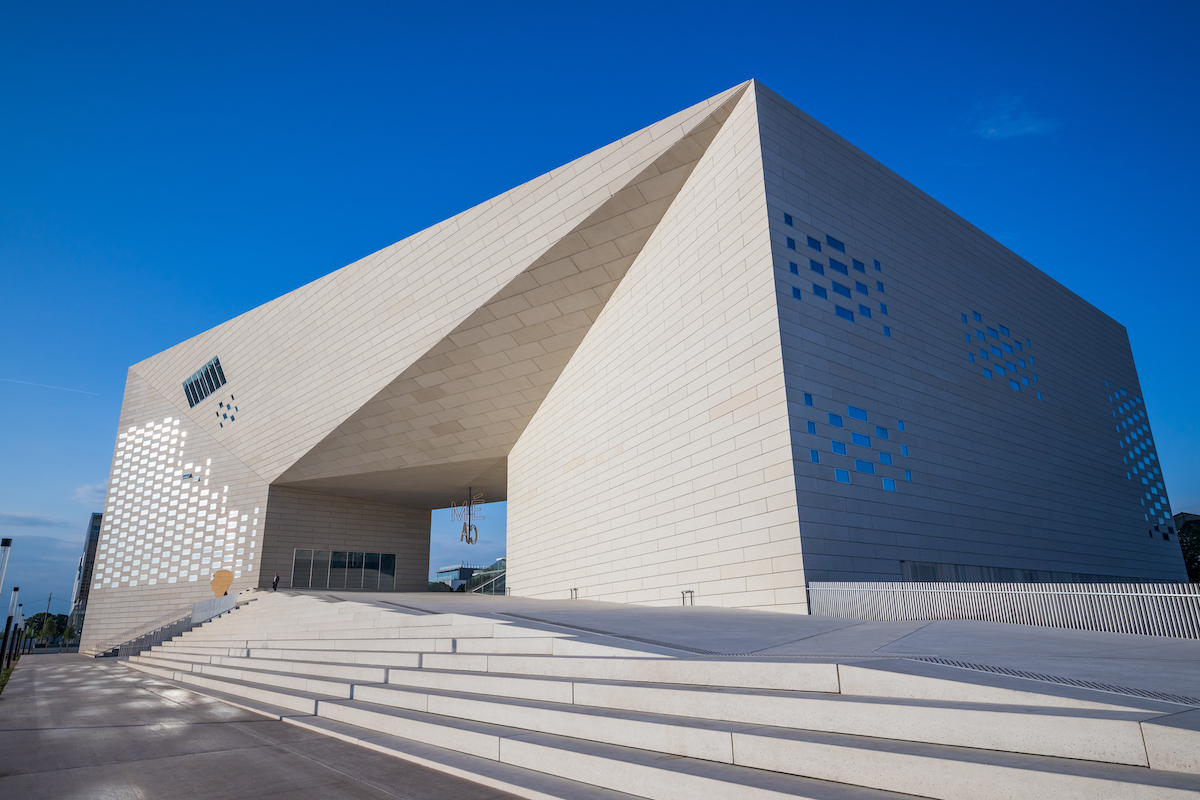Nestled in the coronary heart of Punjab, Ludhiana, often regarded as the industrial hub of India, is not only a bustling metropolis but also a treasure trove of architectural miracles. Amidst the flurry of modernity and development, Ludhiana harbors a rich architectural heritage, boasting a blend of historical, colonial, and contemporary influences. From majestic palaces to intricately designed temples, Ludhiana’s architectural landscape narrates tales of opulence, resilience, and cultural amalgamation. Let us embark on a journey to uncover the concealed gems of Ludhiana’s architectural heritage.
The Colonial Legacy:
Ludhiana’s architectural narrative is deeply intertwined with its colonial past. The British Raj remaining an indelible imprint on the cityscape, evident in the sprawling colonial-period properties that still stand tall amidst the urban sprawl. The legendary Punjab Agricultural College, with its colonial-fashion architecture, serves as a poignant reminder of Ludhiana’s colonial legacy. The grandeur of its architecture is matched only by its historic significance, as it stands as a testomony to Ludhiana’s agricultural heritage and its pivotal job in the Environmentally friendly Revolution of India.
Temples: Epitome of Religious Splendor:
Ludhiana is house to a myriad of temples, every a testament to the city’s spiritual vibrancy and architectural finesse. The revered Alamgir Sahib Gurudwara, perched on the banking institutions of the serene Sutlej River, is a sight to behold. Its architectural brilliance lies in its harmonious mix of Mughal and Sikh architectural models, exemplifying the syncretic ethos of Punjab. The intricate marble do the job, ornate domes, and majestic archways mesmerize guests, offering a glimpse into Ludhiana’s loaded religious heritage.
Palatial Residences: Icons of Grandeur:
Ludhiana’s architectural tapestry is adorned with palatial residences that exude grandeur and elegance. go to website , housed in the majestic Rauza Sharif, is a testament to the city’s regal previous. Initially developed as a royal residence, the Rauza Sharif showcases beautiful Mughal architecture, characterised by its intricate carvings, sensitive arches, and sprawling courtyards. These days, it stands as a repository of history, preserving the legacy of Punjab’s illustrious rulers for posterity.
Vernacular Architecture: A Glimpse into the Earlier:
Amidst Ludhiana’s urban landscape, pockets of vernacular architecture give a glimpse into the city’s rural earlier. The quaint villages bordering Ludhiana are replete with traditional Punjabi havelis, adorned with vibrant frescoes and intricate woodwork. These architectural marvels, however typically overlooked, are repositories of local craftsmanship and cultural heritage. The Chappar Mela, held annually in Ludhiana’s rural outskirts, showcases the architectural splendor of traditional Punjabi havelis, drawing people from much and large to marvel at their timeless attractiveness.
Contemporary Marvels: Bridging the Previous and Current:
While Ludhiana’s architectural heritage is steeped in heritage, the town is also embracing modernity with avant-garde architectural marvels. The Silver Arc Shopping mall, with its smooth glass façade and contemporary layout, stands as a image of Ludhiana’s aspirations for city improvement. Equally, the Nehru Rose Yard Amphitheatre, with its impressive structure and state-of-the-artwork services, has become a cultural landmark, internet hosting concerts, performs, and functions that rejoice Ludhiana’s lively arts scene.
Preserving the Legacy:
As Ludhiana hurtles toward the upcoming, preserving its architectural heritage gets to be critical to safeguarding its cultural identification. Initiatives must be made to conserve and restore historical landmarks, making sure that foreseeable future generations can enjoy and find out from Ludhiana’s abundant architectural legacy. Neighborhood engagement, heritage tourism, and adaptive reuse initiatives can play a pivotal part in revitalizing Ludhiana’s architectural gems, reworking them from mere relics of the previous into vivid hubs of cultural trade and exploration.
In summary, Ludhiana’s architectural heritage is a testomony to the city’s wealthy heritage, cultural diversity, and artistic ingenuity. From colonial-period monuments to standard havelis and up to date constructions, Ludhiana’s architectural landscape is a mosaic of influences, each and every telling a exceptional story of resilience, creativeness, and cultural evolution. As Ludhiana embraces the worries of the 21st century, preserving its architectural legacy will ensure that the town stays not just an industrial powerhouse but also a beacon of cultural heritage for generations to arrive
Unveiling Architectural Marvels: Ludhiana’s Hidden Gems
25
Jun



